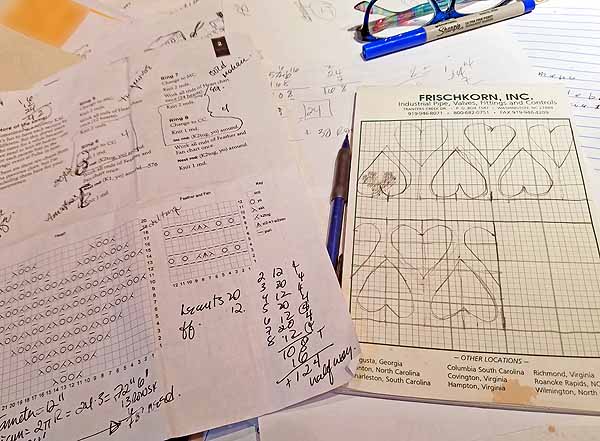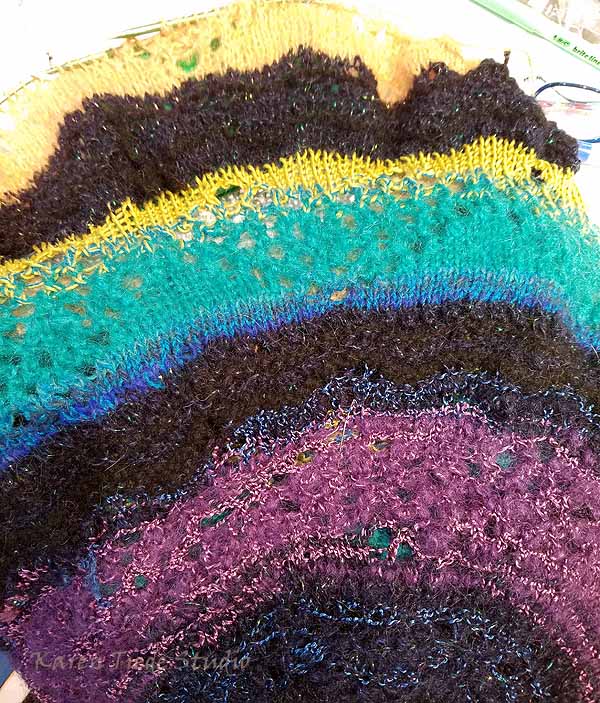I had my hula hoops in the infield at the 2016 Clyde Fest, Bynum ballpark, on Saturday. When you’re in a 10 x 10 tent at an event like this, lots of your friends will stop by and talk to you.
I got on the topic of 8020 with one of my friends. He was familiar with rule. He knew how to apply it in politics. I explained how we taught it in the social media class at NC State, using the Pareto principle to evaluate the most productive part of the marketing budget. I talked through the example we use in class, doing the math in my head. I suspect he was about to have an interesting Sunday as he thought about applying the 8020 rule to parts of his business he hadn’t thought about that way before.
He had stories of his own, where he had been able to do some ballpark estimation, and save enormous amounts of door-to-door work.
We joked about how few people are able to do math, and how complicated they make it.
(You may never have considered that hula hooping is an example of physics: it’s all about angular momentum.
L = m * v * r, and bigger radius, bigger mass, means you can have less velocity and still keep the going. In short bigger is easier.)
Then today, I sat down to look at ring 9 of the that I’m knitting as a fundraiser for the Pulse shooting in Orlando Florida. I’m not thrilled with the way the designer has laid out the final round. I’m in ring 7 now, so I have a couple of days to think about what I want to do.
The shawl is designed to incorporate 49 heart motifs, one for every person who died at the club that night. So far I’m working on 42, 6 in the 1st 12 in the 2nd and 24 and the 3rd ring. I need to knit 7 more. At 24 stitches per heart, and 576 stitches per ring, that leaves a lot of space in ring 9.
The designer selected intarsia with blocks of one color for the hearts and one color for honeycomb in between them. Intarsia requires knitting back and forth and I don’t like doing that; I like to knit forward all the time which you can do on circular needles.
I thought there must be a lacy heart pattern somewhere in my collection of books about knitting. I went through them today, and I didn’t find exactly what I was looking for. Marian Kinzel, in Modern Lace Knitting, has two heart patterns but they are too big for what I want.

Working out the details for a section of 53 smaller hearts.
I started sketching and counting and doing math and subtracting 24 stitches per heart for 7 hearts. I wanted 53 additional hearts, one for each person who was injured at the club. It came out to roughly 8 stitches a heart. If I knit them side-by-side, that wasn’t going to work to all, but I’m a designer. I played and I figured out a way to do it. I need to check the details and I need to test a swatch to make sure to work the way I think it will.
I took a picture of my work and posted it to the work in progress blog posts I’m creating for the shawl on Karen Tiede Studio. And then I realized why it was so easy for me to talk math on Saturday. I do this stuff all the time. Knitters, and textile artist in general, do math every day of the week, when recalculating warp and weft, when we’re figuring out whether we have enough to finish the round, when we need to know we need to make changes in a pattern to fit us or because we don’t like the way it’s going.
Teach your children to knit. You can sneak some math and at the same time and they’ll hardly notice.

Working on Ring 7, with 24 hearts, in gold mohair.



Follow Us!